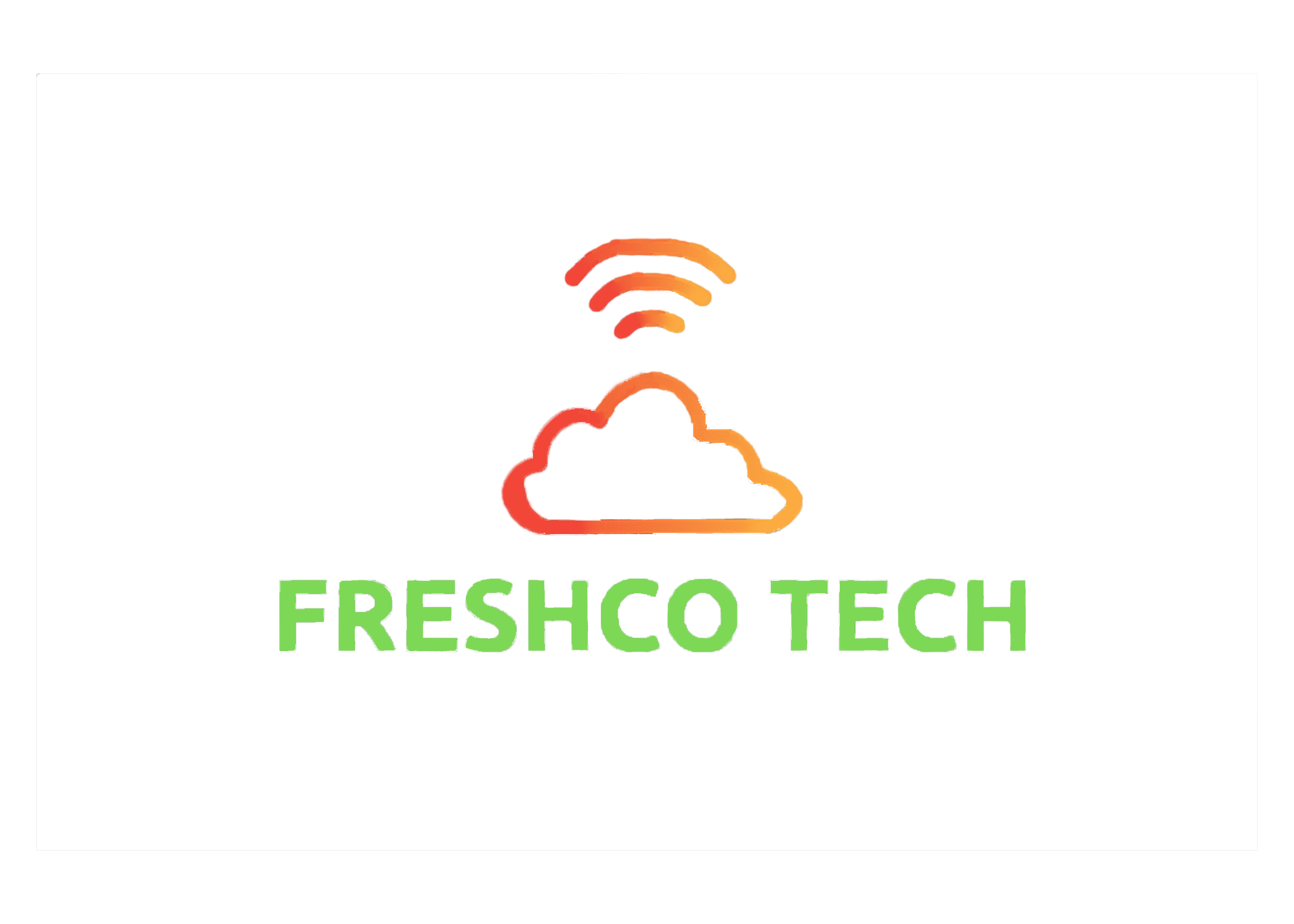Now Reading: Beginners Guide: What Is the Ethereum Blockchain?
-
01
Beginners Guide: What Is the Ethereum Blockchain?
Beginners Guide: What Is the Ethereum Blockchain?


Ethereum: A Decentralized World Computer and the Foundation for Web3
Imagine the internet as we know it – Web 2.0 – where information is largely controlled by big corporations. You log into their platforms, and they manage your data. Ethereum, on the other hand, is a key component of what’s being called Web3, a vision for a new, more decentralized internet where users have more control and ownership. At its core, Ethereum is a decentralized, open-source blockchain platform that enables the creation and execution of smart contracts and decentralized applications (DApps).
The Genesis: Vitalik Buterin’s Vision
Born out of the vision of Vitalik Buterin, Ethereum was proposed in a white paper in late 2013 and officially launched in July 2015. Buterin, a programmer and writer, and other now famous programmers Gavin Wood, Charles Hoskinson, Anthony Di Iorio, and Joseph Lubin saw the limitations of Bitcoin’s scripting language, which was primarily designed for financial transactions. He envisioned a blockchain with a more general-purpose programming language that could be used to build a wider range of applications beyond just currency. This ambition led to the creation of Ethereum.
The Power of Decentralization
The term “decentralized” is fundamental to understanding Ethereum. Unlike traditional systems that rely on a central authority (like a bank, a government, or a corporation) to manage and control information and processes, Ethereum operates on a distributed network of thousands of computers (nodes) around the world.
- Increased Security: Because the data and code of smart contracts and DApps are replicated across numerous nodes, there’s no single point of failure. If one computer goes offline, the network continues to operate. This makes it incredibly resistant to censorship and downtime.
- Transparency: All transactions on the Ethereum blockchain are public and can be viewed by anyone on a blockchain explorer. While the identities of the participants are often pseudonymous (represented by their wallet addresses), the transactions themselves are transparent and immutable, meaning they cannot be altered once recorded.
- Trust Without Intermediaries: Decentralization allows for trustless interactions. Because the rules of engagement are encoded in smart contracts and enforced by the network, individuals and entities can interact and transact directly with each other without needing to rely on a third-party intermediary to vouch for them or oversee the process.
Smart Contracts: The Building Blocks of Decentralized Applications
Smart contracts are the heart and soul of Ethereum’s functionality. They are self-executing contracts with the terms of the agreement directly written into code.
- How They Work: When a smart contract is deployed onto the Ethereum blockchain, it gets a unique address. Anyone can then interact with this contract by sending transactions to its address, triggering the functions defined within the contract’s code. The Ethereum Virtual Machine (EVM), a computational engine that runs on every Ethereum node, executes the code of the smart contract.
- Automated Execution: Once the conditions programmed into a smart contract are met, the contract automatically executes the agreed-upon actions. For example, in a decentralized exchange, a smart contract can automatically swap one cryptocurrency for another when a user places an order that matches existing offers.
- Programmable Money and Assets: Smart contracts enable the creation of “programmable money” and digital assets. This means that the behavior and rules governing these assets can be defined in code. For instance, a smart contract could define how a new cryptocurrency is created, how it’s transferred, and what its total supply will be. This capability underpins the vast ecosystem of ERC-20 tokens, which are fungible (interchangeable) tokens built on the Ethereum standard.
- Beyond Finance: While DeFi is a prominent use case, smart contracts have applications far beyond finance. They can be used for:
- Supply Chain Management: Tracking goods and ensuring transparency in the supply chain.
- Voting Systems: Creating secure and auditable online voting platforms.
- Digital Identity: Developing decentralized systems for managing and verifying digital identities.
- Gaming: Building games where in-game assets are owned by players as NFTs (Non-Fungible Tokens) and can be traded.
- Real Estate: Potentially streamlining property transactions and ownership.
Decentralized Applications (DApps): The User Interface for Ethereum’s Power

Decentralized applications (DApps) are applications that run on a decentralized network like Ethereum. Unlike traditional apps that rely on centralized servers, DApps have their backend code (the smart contracts) running on the blockchain.
- Characteristics of DApps:
- Open Source: Often, the code for DApps is open source, allowing anyone to inspect and verify it.
- Decentralized Backend: As mentioned, their core logic resides in smart contracts on the blockchain.
- Cryptographic Security: They leverage the security of the underlying blockchain.
- Autonomous Operation: Once deployed, smart contracts can often run autonomously according to their programmed logic.
- Examples of DApps:
- Decentralized Exchanges (DEXs): Platforms like Uniswap and SushiSwap allow users to trade cryptocurrencies directly with each other without a central intermediary.
- Lending and Borrowing Platforms: Aave and Compound enable users to lend and borrow cryptocurrencies in a decentralized manner.
- NFT Marketplaces: Platforms like OpenSea facilitate the buying and selling of non-fungible tokens, which represent ownership of unique digital or physical assets.
- Decentralized Autonomous Organizations (DAOs): These are community-led entities with their rules and governance encoded in smart contracts, allowing token holders to vote on proposals and manage the organization’s resources.
The Ethereum Virtual Machine (EVM): The Engine of Execution

The Ethereum Virtual Machine (EVM) is the runtime environment for smart contracts on Ethereum. It’s a crucial component that ensures that smart contract code is executed consistently across all nodes in the network.
- Turing Completeness: The EVM is Turing complete, meaning it can theoretically perform any computation that a standard computer can, given enough time and resources. This flexibility allows developers to create complex and sophisticated smart contracts.
- Gas: Fueling the EVM: Executing smart contracts on the EVM requires computational resources. To prevent malicious actors from spamming the network with endless computations, Ethereum uses a fee mechanism called “gas.” Every operation performed by the EVM has a gas cost, and users sending transactions or interacting with smart contracts must pay gas fees in Ether (ETH), Ethereum’s native cryptocurrency. The price of gas fluctuates based on network demand.
Ether (ETH): The Native Cryptocurrency
Ether (ETH) is the native cryptocurrency of the Ethereum network. It serves several key purposes:
- Paying Transaction Fees (Gas): As mentioned, Ether is used to pay the gas fees required to execute transactions and smart contracts on the Ethereum network.
- Staking: With the transition to a Proof-of-Stake consensus mechanism (The Merge), Ether holders can “stake” their ETH to help secure the network and earn rewards.
- Collateral in DeFi: Ether is often used as collateral in various DeFi protocols.
- Unit of Account: Within the Ethereum ecosystem, Ether serves as a primary unit of account.
The Evolution of Ethereum: Ethereum 2.0 (The Merge and Beyond)

Ethereum has undergone significant upgrades over time. The most notable was “The Merge” in September 2022, which transitioned Ethereum’s consensus mechanism from Proof-of-Work (PoW) to Proof-of-Stake (PoS).
- Proof-of-Work (PoW): In the original PoW system, miners competed to solve complex cryptographic puzzles to validate transactions and add new blocks to the blockchain. This process was energy-intensive.
- Proof-of-Stake (PoS): In the PoS system, validators are chosen to propose and attest to new blocks based on the amount of Ether they have staked. This is a more energy-efficient and scalable consensus mechanism.
- Benefits of PoS:
- Reduced Energy Consumption: PoS significantly reduces the energy footprint of the Ethereum network.
- Increased Security: PoS makes it economically more difficult for malicious actors to attack the network.
- Scalability Improvements: PoS is a stepping stone towards further scalability upgrades.
- Future Upgrades: Ethereum continues to evolve with planned upgrades aimed at improving scalability (increasing the network’s capacity to handle more transactions), security, and sustainability. These include concepts like sharding, which aims to divide the blockchain into smaller, more manageable pieces.
The Ethereum Ecosystem: A Thriving Innovation Hub
The Ethereum ecosystem is vast and constantly growing. It encompasses:
- Core Developers: Teams and individuals working on the underlying Ethereum protocol.
- Smart Contract Developers: Creators building DApps and various protocols.
- Users: Individuals interacting with DApps and the Ethereum network.
- Infrastructure Providers: Companies providing tools and services for developers and users (e.g., wallet providers, node operators, data analytics platforms).
- Researchers and Educators: Individuals and organizations dedicated to advancing the knowledge and understanding of Ethereum and blockchain technology.
Challenges and the Future of Ethereum
Despite its immense potential, Ethereum faces challenges:
- Scalability: While PoS is a significant improvement, further scaling solutions are needed to handle a massive influx of users and transactions without increasing gas fees significantly.
- Gas Fees: High transaction fees (gas) can make using the network expensive, especially during periods of high demand.
- Complexity: The technology can be complex for newcomers to understand and navigate.
- Regulation: The regulatory landscape for cryptocurrencies and blockchain technology is still evolving and can create uncertainty.
Looking ahead, Ethereum aims to become the foundational layer for a decentralized internet, powering a wide range of applications and services. Its ongoing development and vibrant community suggest a future where it plays a crucial role in shaping how we interact with technology, finance, and each other online. It’s more than just a cryptocurrency; it’s a platform for innovation and a testament to the power of decentralized systems.
















